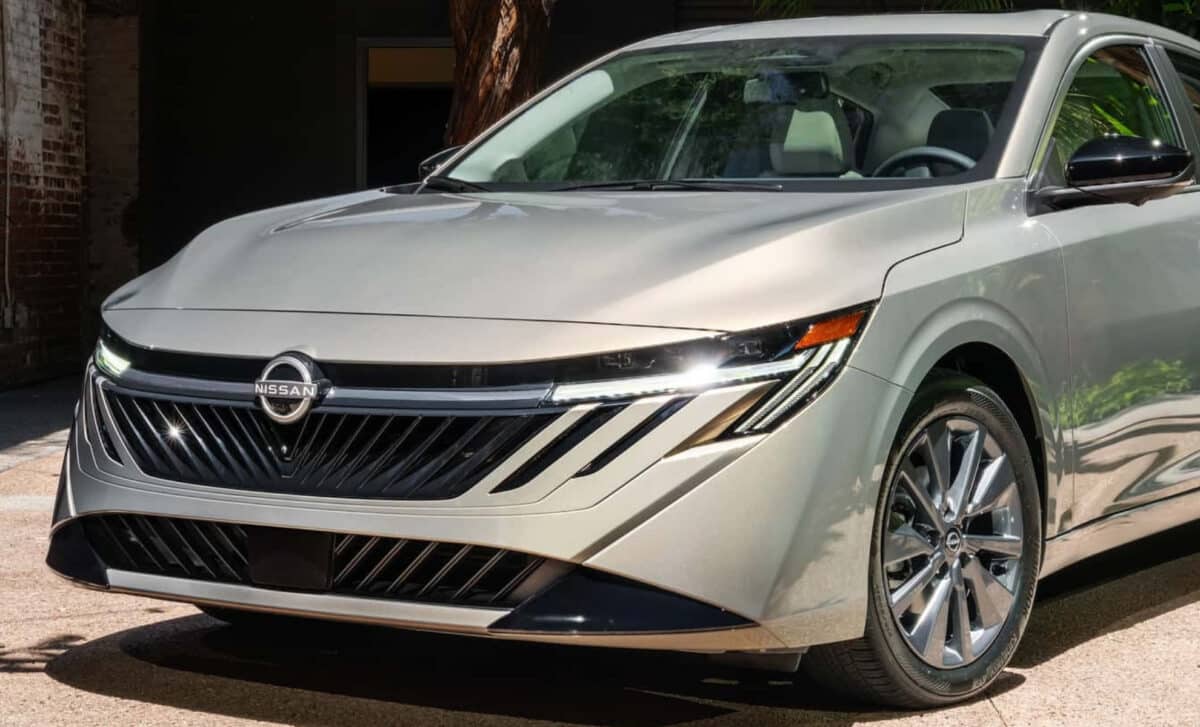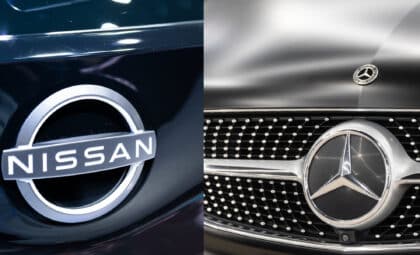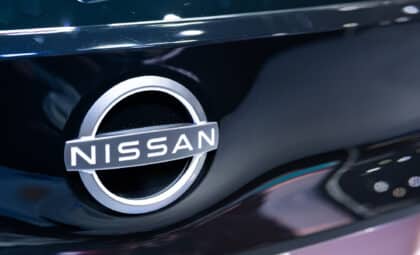The compact sedan remains one of the most budget-conscious options in its class, despite modest price increases across all versions. The updated Sentra carries over its existing engine and platform but introduces upgraded displays, enhanced driver aids, and a sharper look. The new lineup consists of four trims—S, SV, SR, and the reintroduced SL—with the base model starting at $23,645, destination included.
While the changes don’t reinvent the model, they clearly target value-seeking buyers who want up-to-date technology and styling without stepping into crossover territory. The 2026 edition leans into refinement rather than revolution, keeping the Sentra grounded in its core strengths.
Pricing Increases Slightly, More Standard Features Included
The S trim, serving as the entry point, rises $810 over last year to a starting price of $23,645. It now comes standard with a 12.3-inch infotainment screen, a 7.0-inch digital instrument cluster, full LED headlights, and wireless smartphone integration via Apple CarPlay and Android Auto. Buyers can opt for heated seats and mirrors for an additional $500.
The SV sees a similar bump, increasing $880 to $24,415. It adds a second 12.3-inch display, selectable drive modes including a new Sport setting, and automatic climate control. A Convenience Package priced at $900 bundles in heated front seats, a heated steering wheel, and ambient interior lighting. A moonroof is also available as a $650 standalone option.
Nissan’s SR trim—marketed as the sportier variant—now starts at $26,245 after a $410 increase. It features unique front and rear fascias, 18-inch alloy wheels, black exterior accents, and wireless phone charging. A $650 All-Weather Package adds heated front seats, a heated steering wheel, and dual-zone climate control, giving buyers access to comfort features without climbing to the highest trim.

The SL Trim Returns Fully Loaded, No Packages Offered
Absent from the 2025 model, the SL trim returns to the Sentra lineup in 2026 with a clear focus on fully-equipped convenience. Priced at $29,235, it includes everything from the lower trims—plus an eight-speaker Bose sound system, a surround-view camera, ProPilot Assist, and quilted TailorFit seats. Unlike other variants, the SL comes with all features standard and does not offer additional packages or upgrades.
According to Motor1, the SL also brings the broadest paint selection. While the base S offers just three exterior colors, the SV adds three more, including a new Imperial Bronze finish. The SR variant gets exclusive two-tone options with a black roof, but the SL gives buyers the most variety.
By eliminating optional packages on the SL, Nissan positions it as a straightforward, premium pick in the compact sedan space—appealing to those who want a higher-end experience without navigating upgrade menus.
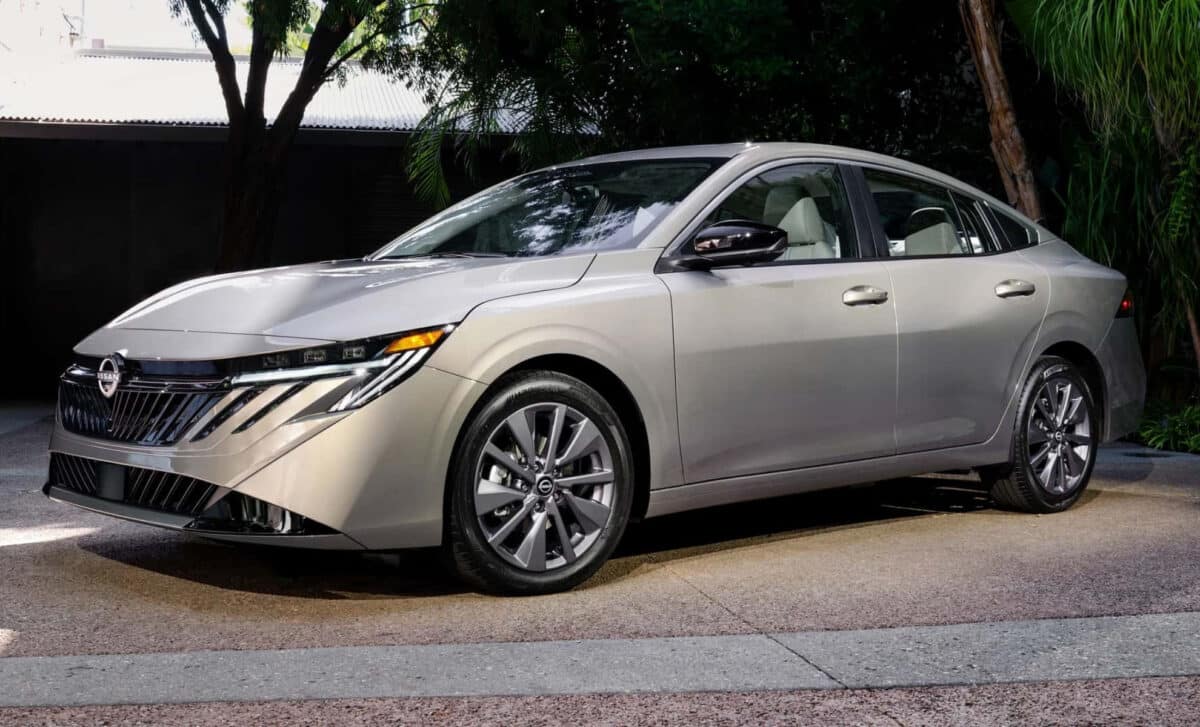
Same Engine, New Design and In-Cabin Upgrades
Despite visual updates and added tech, the mechanical core of the Sentra remains unchanged. Every 2026 model uses a 2.0-liter inline-four engine producing 149 horsepower and 146 pound-feet of torque. Power is sent to the front wheels through a continuously variable transmission (CVT). Nissan has made no alterations to performance or drivetrain setup.
What has changed is the way the Sentra looks and feels. The exterior design has been revised, giving the car a slightly fresher appearance without departing from its established profile. Inside, the upgraded displays and added wireless connectivity reflect a shift toward user experience.
The Sentra’s refresh aims to offer more without pushing into a new price bracket or overcomplicating the model’s identity. The 2026 version sticks closely to the formula that has kept it competitive in a shrinking sedan market.
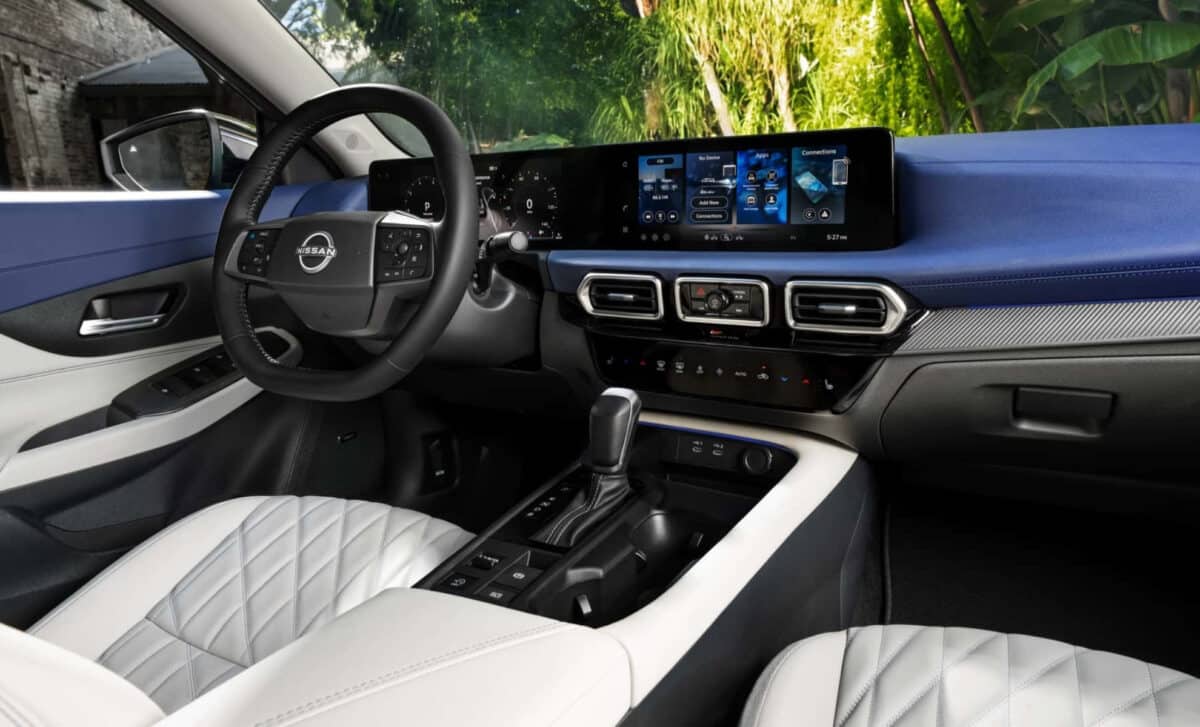
With a clear structure, defined trim lines, and steady pricing, the Sentra remains a strong alternative for drivers who want compact practicality with a few modern touches—and without jumping into an SUV.

